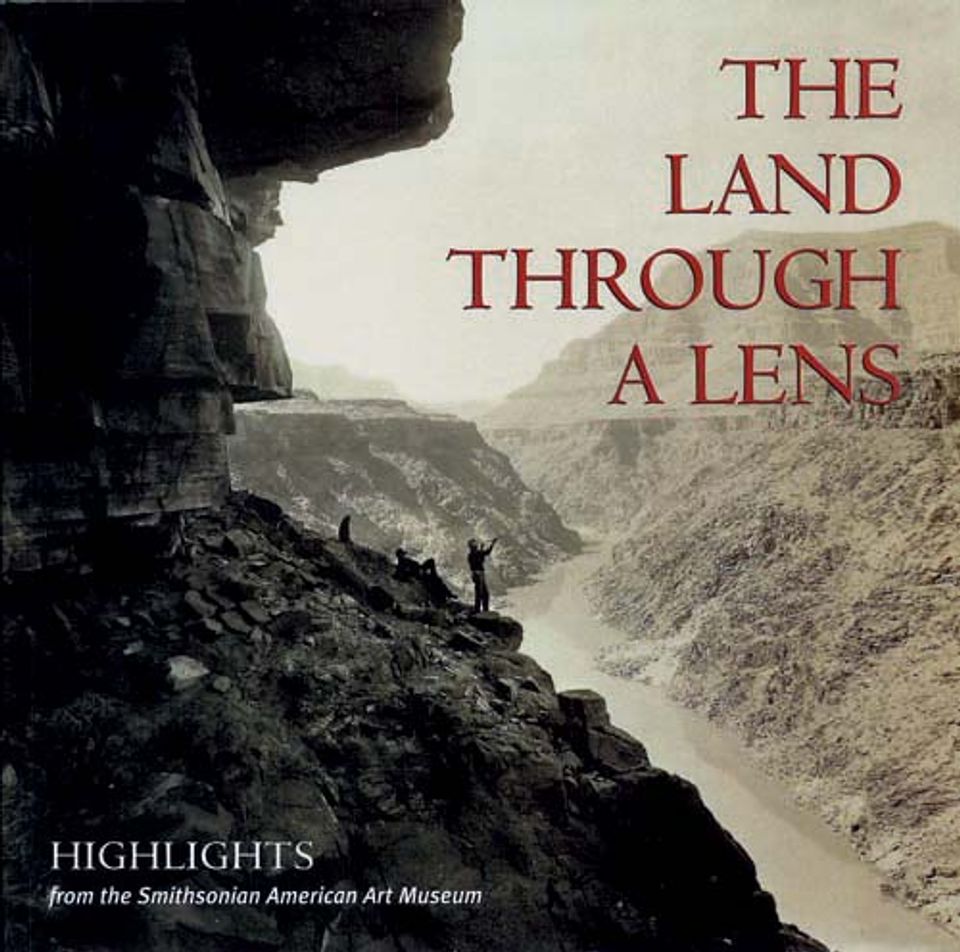Ansel Adams
- Also known as
- Ansel Easton Adams
- Born
- San Francisco, California, United States
- Died
- Monterey, California, United States
- Active in
- Carmel, California, United States
- Biography
One of the most influential photographers of the twentieth century, Adams spent a significant part of his adult life in Yosemite National Park. Born in San Francisco and trained as a musician, by 1920 he had begun making trips into the High Sierra; in 1924 he made his first important photographs there and began to publish both images and writings. Adams's work in both media contributed greatly to the American conservationist movement.
By the mid-1930s, Adams had abandoned an earlier Pictorialist style in favor of the clean, sharp focus vision of Group f/64. Along with Edward Weston, Imogen Cunningham, and Willard Van Dyke, Adams was a founding member of this group, dedicated to "a simple and direct presentation [of] purely photographic means." Adams's work, in particular, is characterized by meticulous technique and dramatic celebration of the natural world.
Merry A. Foresta American Photographs: The First Century (Washington, D.C.: National Museum of American Art with the Smithsonian Institution Press, 1996)















